DEFENCE, MILITARY AND LAW ENFORCEMENT
Immersive Technologies in Defence, Military & Law Enforcement
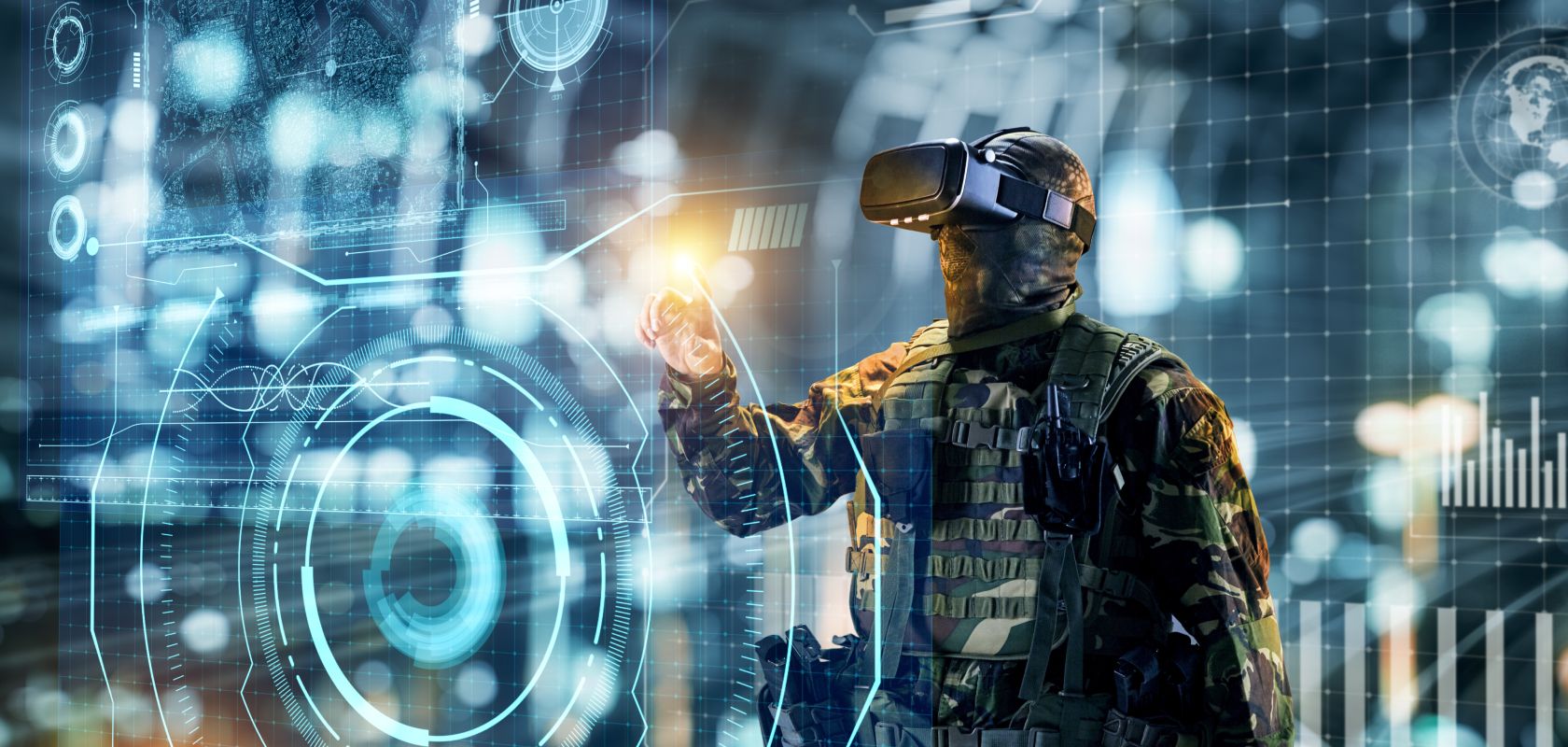
With the rise of immersive technologies, such as virtual reality (VR) and augmented reality (AR), there is an increasing potential for these technologies to be used in defence, military and law enforcement contexts. VR and AR can provide training simulations that can be used to prepare personnel for a variety of scenarios, from combat situations to hostage situations. These technologies can also be used to provide information and situational awareness in real-time, enhancing the ability of personnel to make quick and informed decisions.
Immersive Technologies Explained
Immersive technologies include both virtual reality (VR), augmented reality (AR) and the metaverse.
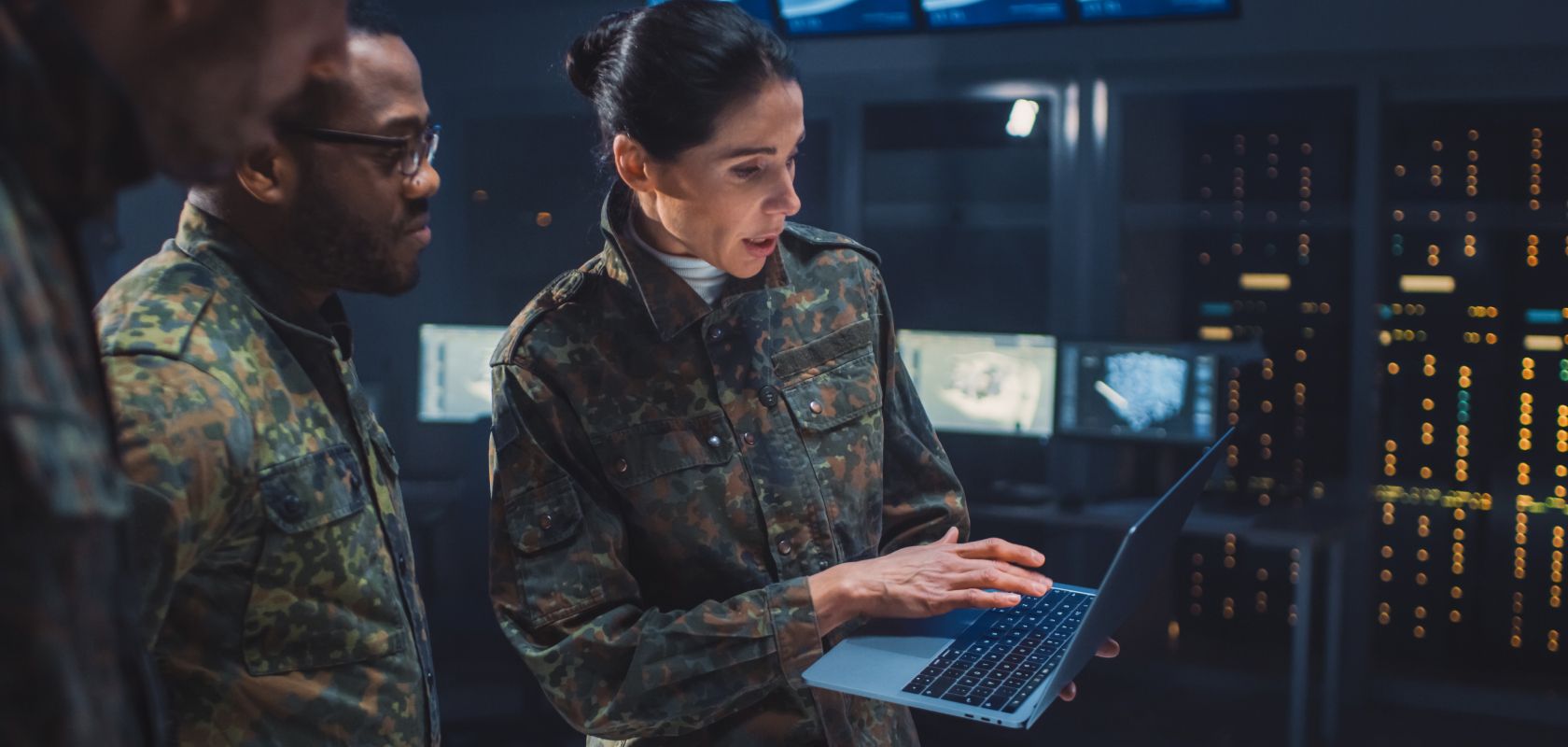
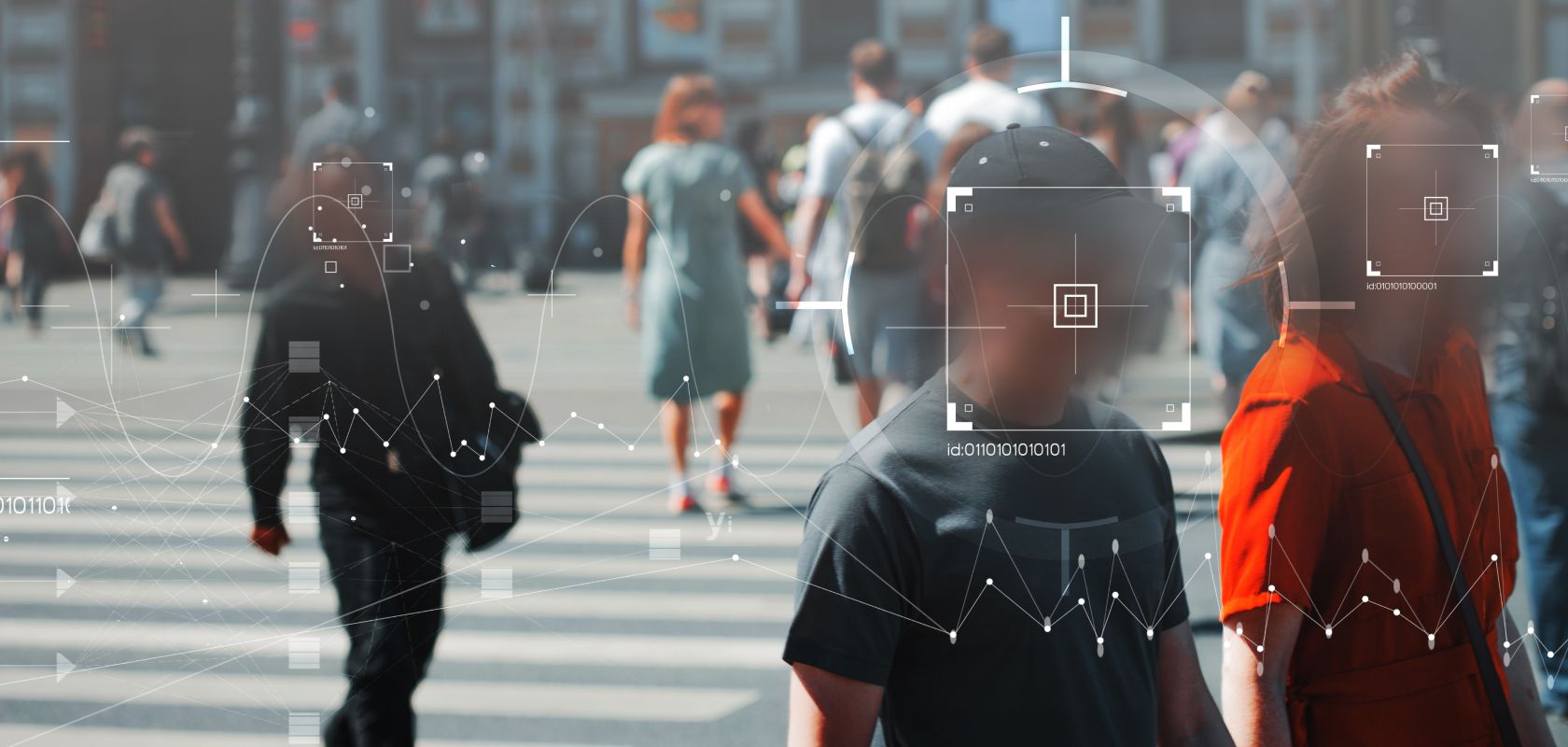
Applications and Benefits of Immersive Technologies in Defence, Military & Law Enforcement
There are a number of potential applications for VR and AR in defence, military and law enforcement contexts. Defence, Military & Law Enforcement organizations are using immersive technologies for a variety of purposes, including training, situational awareness, and intelligence gathering.
VR & AR Training Simulations
One of the most important uses of VR and AR in defence, military and law enforcement is training. These technologies can provide realistic simulations of a variety of scenarios, such as combat situations, hostage situations, and natural disasters. VR and AR training simulations can help personnel to prepare for a variety of eventualities and learn new skills.
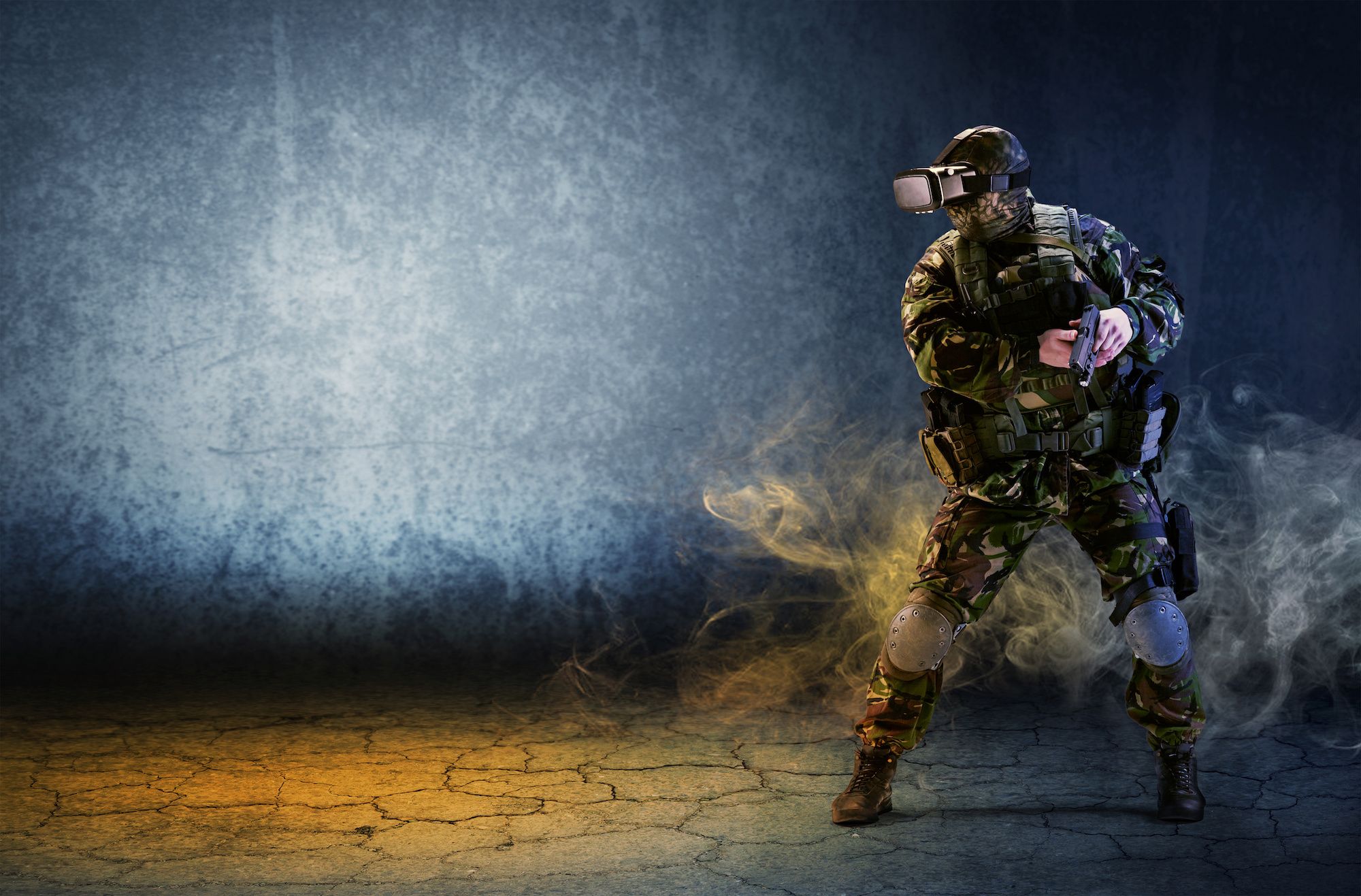
Situational Awareness & Intelligence Gathering
Another important use of immersive technologies in defence, military and law enforcement is situational awareness and intelligence gathering. These technologies can be used to provide real-time information and enhanced situational awareness. This can be especially useful in high-pressure situations, such as hostage situations or combat situations.
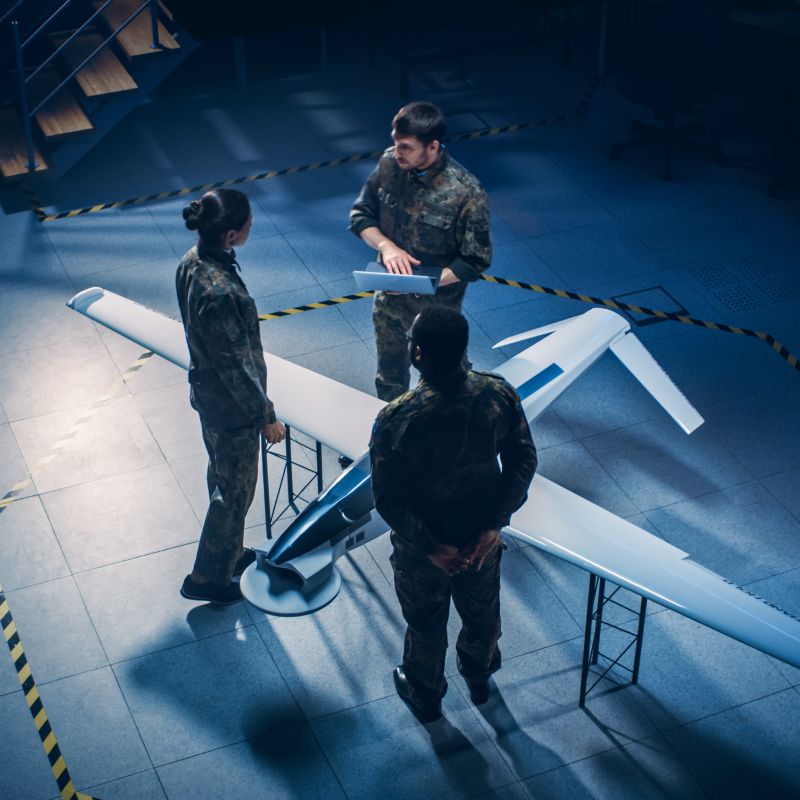
Engineering & Maintenance
Immersive technologies can also be used for engineering and maintenance purposes. These technologies can be used to create virtual models of equipment, vehicles and buildings. This can help personnel to understand how these systems work and identify potential problems.
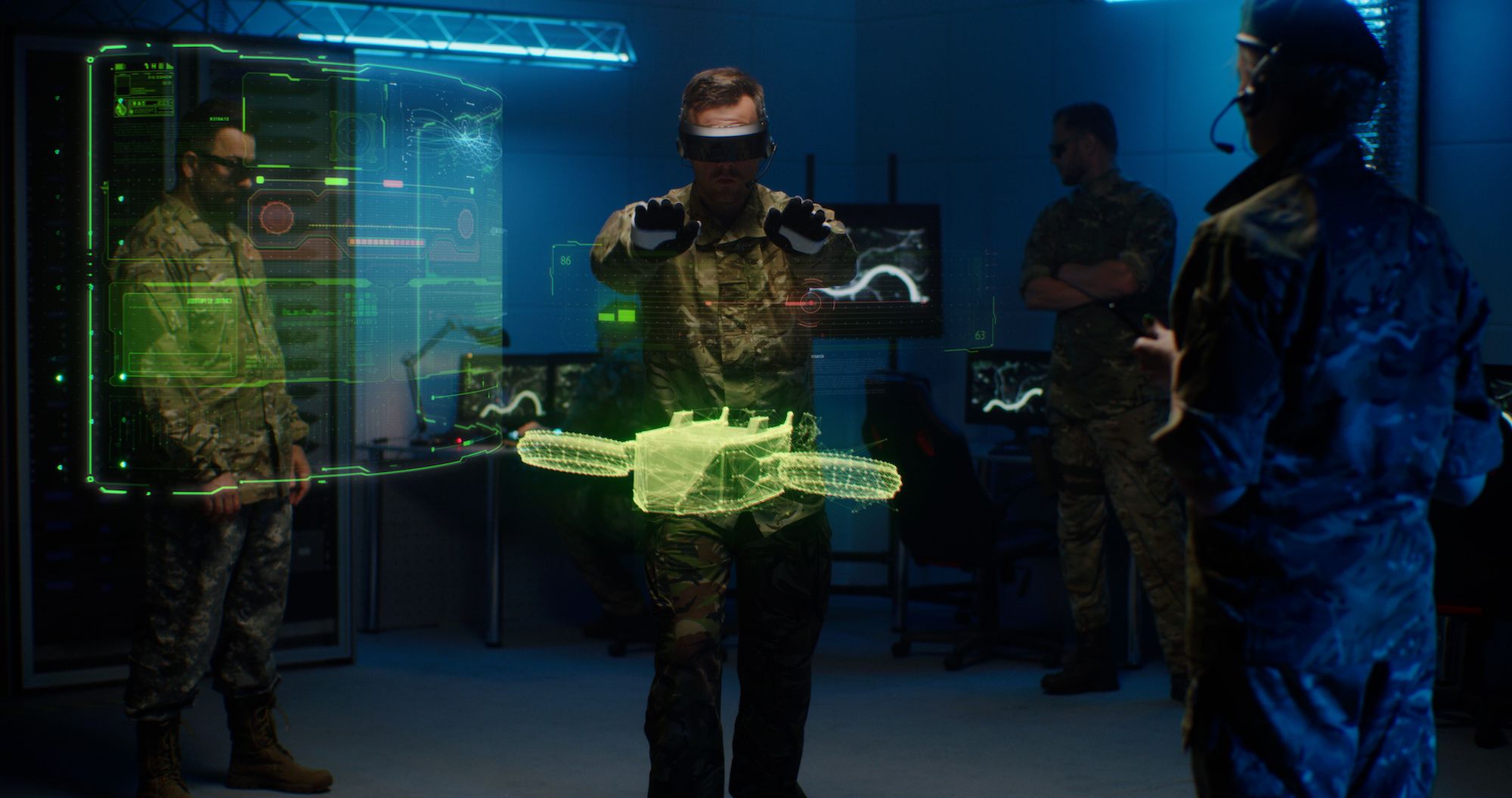
Takeaway
Immersive technologies, such as virtual reality (VR) and augmented reality (AR), have the potential to revolutionize defence, military and law enforcement. These technologies can provide realistic training simulations and enhanced situational awareness. VR and AR are also being used for intelligence gathering and target acquisition. As these technologies continue to develop, it is likely that their use in defence, military and law enforcement contexts will become more widespread.